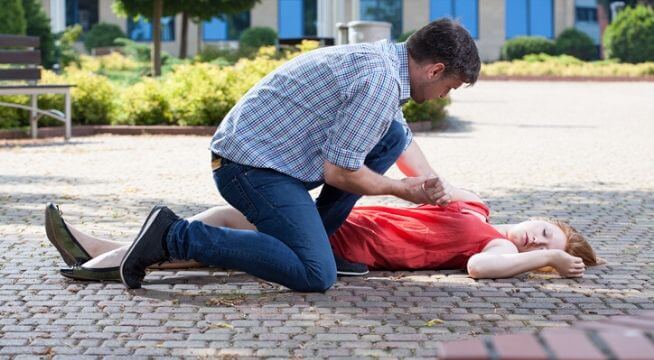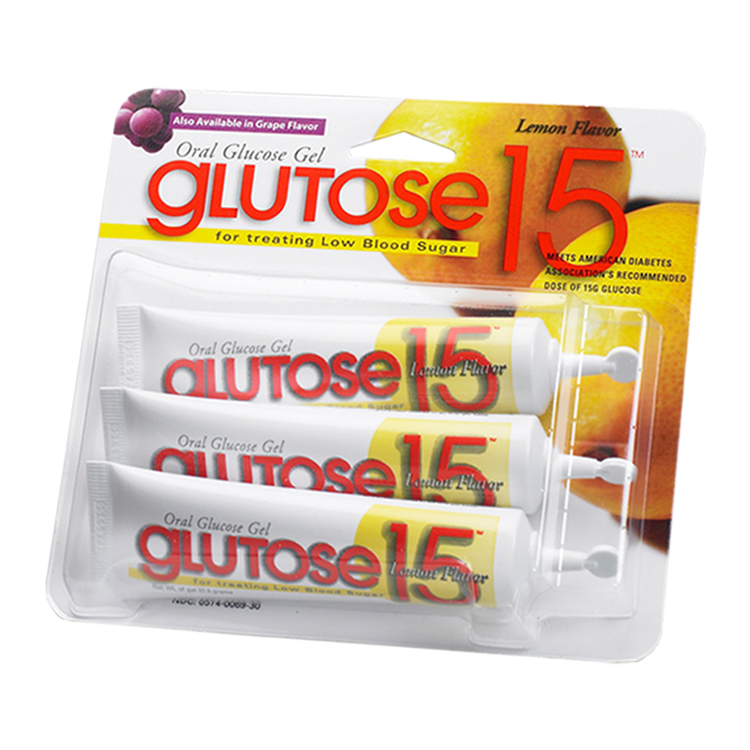Battling Low Blood Sugar as a Type 1 Diabetic Part 2 (Surviving Extreme Lows)
Battling Low Blood Sugar as a Type 1 Diabetic Part 2 (Surviving Extreme Lows)

Surviving lows is one of the hardest issues we deal with as Type 1 Diabetics. When our blood sugar goes low also known as having hypoglycemia we cannot think well, our brain goes kind of fuzzy and we don’t immediately know what’s going on with us. We feel bad but we don’t automatically know why we feel bad. We can be sweaty, have shaky hands, have a fast heartbeat, feel lightheaded, have trouble remembering things, feel hungry, all of the sudden feel faint, and many other alarming symptoms. It can be dangerous at times when you are operating a vehicle or heavy machinery walking or running or even most physical activity. It’s hard to have even a remotely normal life with blood sugar issues like this.
What causes low blood sugars you may ask? Well, any one of a myriad of things really, but mostly it is the result of too much insulin or an overcorrection of insulin. It could also be due to exercise, not eating enough, getting off schedule, or just being sick, or taking a new medication. Low blood sugar happens to every diabetic and the severity of the low can depend on if the patient can feel it coming on if they are familiar with the warning signs, how long they have had diabetes, how well controlled their numbers are, and if they live an active lifestyle or not. As you can see there are plenty of factors that can play a role in having a low and the severity of the low.

Prevention of a low could be as simple as following a strict schedule for eating times and doing your best to accurately carb count. It could be getting a continuous glucose monitor. (Which does not actually measure your glucose reading but your interstitial fluid.) It mainly helps you see what direction your blood sugar is trending. If it’s pointing down at 120 mg/dL you might need to eat something before you exercise or if it has been 3 hours since you ate, and your blood sugar is still over 200 mg/dL you know you probably need to take some insulin. It allows you more knowledge to make corrections in real-time so you can prevent highs and lows better. You could also get better control by your doctor adjusting your dosage or basal rates with more blood sugar data to go off. There are new insulin pumps as well that communicates with a CGM and adjust the amount of insulin needed to be based on what your numbers are. All of this could help prevent a low episode, but you won’t be able to stop a low every single time so its best to know your options and treatment methods.
As far as treatment goes it’s pretty simple, if you are below 80 mg/dL you are considered hypoglycemic and need to get glucose in your body. If you are still conscious the best way to treat it is by eating or drinking something with carbs. It could be juice or soda which gets my sugar up quickly but has to be measured very accurately or else you could drink too much and then be high. Glucose tabs are preferred by some, but I just can’t stand the taste/ texture.
Something with carbs and protein is recommended because it will keep you stable for longer rather than just spike your numbers up just to crash later. There are several options to get you back up if you are not conscious or are refusing to accept treatment. First off is glucose gel. If the patient is passed out and unresponsive if you have glucose gel on hand rub on their gums. I will absorb into the bloodstream but may take a while. If there is one available, it is better to use a glucagon kit on someone who isn’t conscious, and they may need to go to the hospital or be taken by paramedics after. If they are combative and you physically can’t get them to take anything by mouth call the paramedics immediately. They may have to sedate them and them administer glucagon. It can be very scary in the moment because you have never seen them act this way before and they don’t mean to act aggressively. Low attacks are something you have to be very Intune with your body and constantly watch for signs or vigilantly check your numbers to avoid.

By: Miranda Montgomery (Type 1 diabetic for 20+ years) Admin for Type 1 Diabetes Support Group on Facebook with 13.3 K members